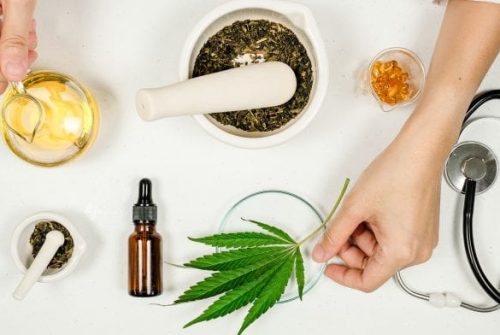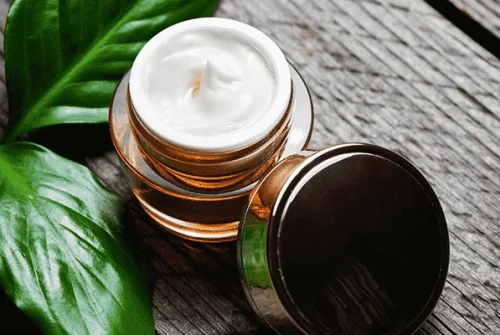
THCA (tetrahydrocannabinolic corrosive) flower is a type of pot that has acquired consideration for its expected remedial benefits and unmistakable properties. Dissimilar to different types of pot, for example, dried flower or focuses, thca flower contains elevated degrees of THCA, a non-psychoactive forerunner to THC.
THCA flower alludes to pot buds that have been explicitly developed to contain elevated degrees of THCA, the acidic antecedent to THC. THCA is plentiful in crude marijuana plants and is changed over into THC through a cycle called decarboxylation, which happens when the plant material is warmed, like through smoking or vaping. THCA flower is commonly collected before decarboxylation happens, protecting its acidic structure and non-psychoactive properties.
How Does THCA Contrast from THC?
While THCA and THC are artificially comparable, they have particular properties and consequences for the body. THC is the essential psychoactive compound in pot, answerable for the euphoric “high” that is frequently connected with weed utilization. Conversely, THCA is non-psychoactive and doesn’t deliver inebriating results. Notwithstanding, research proposes that THCA might offer its own unique restorative benefits, separate from those of THC.
Possible Remedial Benefits of THCA
In spite of the fact that examination on THCA is still in its beginning phases, starter studies recommend that it might have mitigating, neuroprotective, and against sickness properties. Some exploration additionally shows that THCA might have possible applications in the therapy of conditions like epilepsy, joint pain, and specific kinds of malignant growth. Moreover, THCA is remembered to collaborate with the end cannabinoid framework in the body, which assumes an essential part in controlling different physiological cycles, including state of mind, hunger, and torment sensation.
Techniques for Utilization
THCA flower can be consumed in different ways, including crude utilization, squeezing, or fuse into edibles and drinks. Crude utilization includes consuming new or dried marijuana flower without warming it, accordingly saving the THCA in its acidic structure. Squeezing includes mixing crude marijuana leaves and buds into a juice or smoothie, giving a concentrated wellspring of THCA and other useful mixtures. Furthermore, thca flower can be imbued into oils or margarine for use in cooking or baking.
THCA flower offers a unique and possibly restorative option in contrast to conventional types of pot. With its non-psychoactive properties and potential medical advantages, THCA flower gives weed purchasers a flexible and regular choice for exploring the restorative properties of the pot plant. As investigation into THCA keeps on developing, it might turn into an inexorably famous decision among those looking for elective types of pot utilization.






